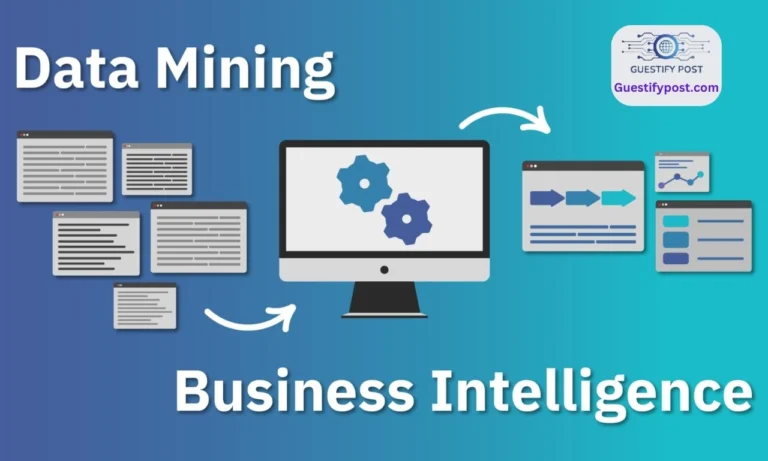Automatic Technology and Neural Networks in Artificial Intelligence
A well-rounded Exploration of the Differences between Automatic Technology and Neural Networks. In the complex landscape of computer science, the kingdom of Artificial Intelligence (AI) and Artificial Neural Networks, (ANN). It stand as pillar of revolution each with its unique characteristics and contributions.
This discourse analyzes the complicated interplay between these dynamic technologies, unveiling the nuances that set them apart.
Automatic Technology often conjures up an image of the summit of computational achievement and holds promise. it is creating intelligent machines capable of all-round problem-solving. The quest for AI, however, encounters several challenges, pushing researchers to explore intermediary technologies such as Artificial Neural Networks.
Defining the Terrain of Automatic Technology
AI encompasses a vast field, aiming to bestow machines with intelligence that transcends specific tasks, offering adaptability to diverse and unrelated problems. Despite notable achievements, like computers triumphing in game shows or mastering strategic games, the grand pursuit remains General Intelligence.
This overarching concept of Automatic Technology implies a machine’s ability to apply intelligence across a large number of situational challenges. A feat that extends beyond the held captive of task-oriented AI.
Task-oriented AI, designed for specific purposes like playing ping pong or excelling at trivia, Adheres to the limits of its application to the predetermined task.
This approach often results in a machine proficient in a singular area but lacking the flexibility to tackle a broader spectrum of challenges. The inherent challenge lies in injecting machines with the capacity for holistic, adaptive learning akin to human cognition.
The Character of Artificial Neural Networks
Enter Artificial Neural Networks, a deciding point in time in the journey towards achieving artificial intelligence.
Drawing inspiration from the intricate neural networks of the human brain, ANN serves as a bridge, seeking to address the limitations of task-oriented AI. Our brains, complex networks of interconnected neurons, pave the way for general learning and adaptive problem-solving.
Consider a simplified example
the experience of getting burned for the first time. The brain forms connections, associating sensory information related to fire (flames, smell of smoke, heat) with pain.
This fundamental learning mechanism extends to broader knowledge. From the enjoyment of ice cream to making deductive leaps like anticipating rain based on cloud presence. Neural networks, be they biological or artificial, hinge on the ability to adapt and learn from experiences.
Artificial neural networks emulate this learning process in computers. Through the construction of a framework program, computers respond to problems and receive feedback for optimization. Iterative exposure to diverse problems, coupled with adjustments based on feedback. It allows computers to evolve into generalists, capable of approaching a variety of challenges with adaptability and finesse.
Challenges and Realities of Automatic Technology
While the concept of artificial neural networks paints a promising picture. The reality of achieving artificial intelligence through this avenue presents formidable challenges. Most notably, the problems subjected to neural networks are currently expressed mathematically. In essence, computers excel in tasks that can be quantified and formulated numerically.
A poignant example highlights this limitation of holding a flower up to a computer and expecting it to discern the color based on smell. The challenge lies in expressing olfactory stimuli numerically and cataloging these numerical representations alongside visual data of flowers emitting such smells.
The current constraints underscore the stark difference between the expansive capabilities of human perception. The quantitative limitations of artificial neural networks.
Future Horizons of Automatic Technology
Regardless of the challenges, there is a flicker of hope on the horizon. Artificial neural networks are not static entities; they evolve with the integration of more inputs and enhanced learning capacities. As technology advances, the prospect of expanding inputs, such as incorporating nuanced elements like smell, opens avenues for more complex problem-solving.
The Potential Unveiled
In artificial intelligence, where visions of machines usurping humanity often find expression in Hollywood narratives, the potential trajectory of artificial neural networks is intriguing.
While the current landscape may fall short of cinematic dystopias. The progressive evolution of neural networks introduces the possibility of achieving artificial intelligence that aligns with the expectations of even the most ardent AI enthusiasts.
In essence, artificial neural networks serve as models inspired by human neural networks, providing a pathway for computers to emulate learning processes. The synergy between AI and neural networks marks an ongoing exploration, with the latter acting as a catalyst for transcending the limitations of task-oriented AI.
Conclusion
In navigating the intricate terrain between artificial intelligence and neural networks. It becomes evident that these technologies are not isolated entities. It interconnected facets of computational evolution.
AI’s pursuit of general intelligence encounters challenges. It prompts the integration of artificial neural networks. it acts as a transformative intermediary for Artificial neural networks, inspired by the complications of the human brain. It offers a flicker into the potential for machines to learn and adapt.
While challenges persist, advancements in technology and the elasticity of neural networks suggest a promising trajectory toward achieving artificial intelligence. The dynamic interplay between AI and neural networks reflects the evolving landscape of computer science. Where the quest for intelligence mirrors the intricacies of the human mind.







